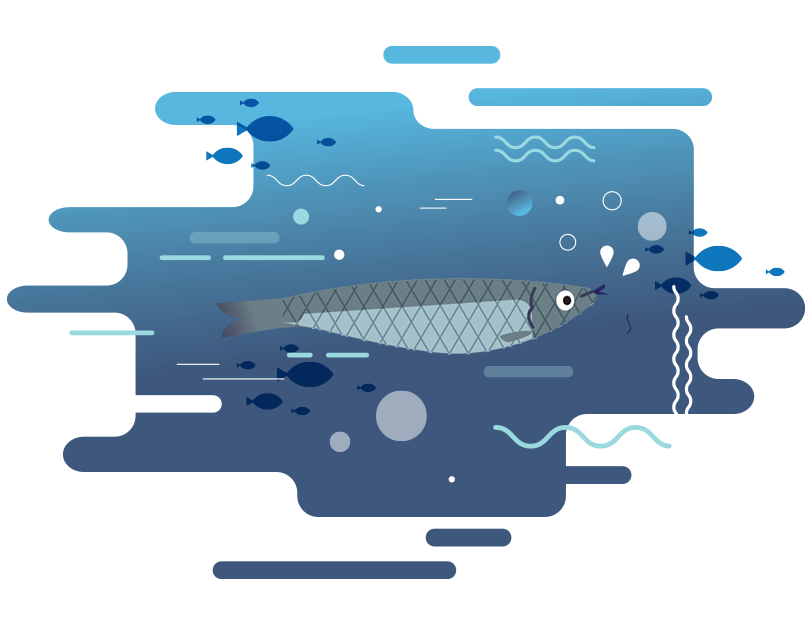The meat of this small fish is white and tender, yet quite oily. It is extremely easy to handle as it can be eaten whole. It tastes great rolled in flour or batter and fried to a crisp in hot oil. Very often served in a smoked form. It is also great as an ingredient in pastes, salads or simply on a sandwich.

Sprat - bite-sized perfection
First of all, let's clarify how it is in Polish: is it called "szprot" or "szprotka"? The socio-educational campaign "Ojczysty - dodaj do ulubionych" (Mother tongue - add to favorites)comes to our aid. After analysing linguistic and biological dictionaries, it was explained that "szprot" and "szprotka" are two terms for the same fish: "szprot" is a species name, and therefore a biological term, and "szprotka" is a colloquial, common term for the same fish. So we have this "szprot" and a lot of "szproty", and we also have this "szprotka" and a lot of "szprotki". Just combining these two forms is incorrect: so we don't use "szprot" and "szprotka" interchangeably in declensions. Simple, isn't it?
Sprat belongs to the herring family. In the Baltic Sea it reaches 10-14 cm. Its body is covered with silver scales, bluish on the back. The head has no scales, eyes are with narrow fat eyelids. It resembles a young herring, but differs from it by the rough edge of its belly. Swims close to the sea surface, in shoals.
A simple yet exquisite way to make sprat is to fry it in olive oil with garlic, white wine and parsley. This type of snack is popular in Mediterranean cuisine, although there sardine is served very similar to our fish in question. Sprat is also suitable for smoking and marinating.
In stores you will most often find smoked sprats in oil or in tomato sauce in the form of canned food. It is also worth reaching for fish in this version. Sterilized products more than meet all the strictest nutritional and legal standards. Over 40 Community directives regulate the production process, from catching the fish to selling the finished products. Neither preservatives nor enhancers are used during the production process. Thus, the canned product preserves all the nutritional values of fish, and the risk of spoilage is limited because the processed fish product is free of any microorganisms.
Sprats are extremely easy to handle. They do not need to be cleaned of scales, skinned or filleted. They are eaten whole. All you need is to remove their heads and tails. Of course, if you are keen and have skilful fingers you can try removing the bones. In this case you need to open the carcase and remove the spine, starting from the tail. However, it is recommended to eat sprats with small bones included, because they provide the body with a solid dose of calcium.
Aside from that, sprats are a rich source of omega-3 essential unsaturated fatty acids, which have a beneficial effect on the cardiovascular system, lowering blood pressure and strengthening the blood vessels. They provide vitamin D, which helps with the proper work of muscles, heart and nervous system, and vitamin B12. They belong to relatively fatty fish (more than 10% fat), so they are high in calories (more than 160 kcal). However, they contain excellent easily digestible complete protein. As with many other species of fish, the meat of sprat helps supplement deficiencies of calcium, phosphorus, magnesium or zinc.